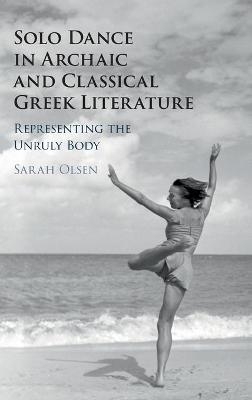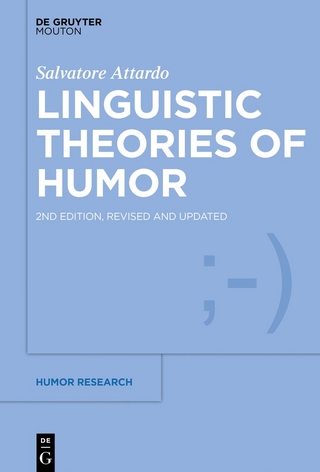
Solo Dance in Archaic and Classical Greek Literature
Cambridge University Press (Verlag)
978-1-108-48503-6 (ISBN)
“Ancient Greek dance” traditionally evokes images of stately choruses or lively Dionysiac revels – communal acts of performance. This is the first book to look beyond the chorus to the diverse and complex representation of solo dancers in Archaic and Classical Greek literature. It argues that dancing alone signifies transgression and vulnerability in the Greek cultural imagination, as isolation from the chorus marks the separation of the individual from a range of communal social structures. It also demonstrates that the solo dancer is a powerful figure for literary exploration and experimentation, highlighting the importance of the singular dancing body in the articulation of poetic, narrative, and generic interests across Greek literature. Taking a comparative approach and engaging with current work in dance and performance studies, this book reveals the profound literary and cultural importance of the unruly solo dancer in the ancient Greek world.
Sarah Olsen is an Assistant Professor of Classics at Williams College, Massachusetts. She has published on Greek literature and culture from Homer to Heliodorus, with articles on such topics as sexuality in the ancient novel, the representation of dance in Greek vase painting, and the conceptualization of kinesthetic empathy in Greek poetry and philosophy. Her recent article on female sympotic dancers, which was published in both French and English in the interdisciplinary gender studies journal Clio, received the Barbara McManus award (2019) from the Women's Classical Caucus for excellence in scholarship on women or gender in antiquity. She maintains membership in both the Society for Classical Studies and the Dance Studies Association, and she has presented work and organized panels at both venues.
Introduction: Dance, Literature, and Culture; 1. The Fantastic Phaeacians: Virtuosity, Competition, and Dance in the Odyssey; 2. Io's Dance: Human Mobility and Divine Authority in Aeschylus' Prometheus Bound; 3. Dance at Work: Performance and Identity in Euripides' Ion; 4. Dance and Dissonance: The Innovative Choreography of Aristophanes' Wasps; 5. Staging Madwomen: Dance and Dramatic Form in Euripides and Aristophanes; 6. Agency, Narrative, and the Dancing Girl; 7. Dance History;Conclusion: Reading Dance with Lucian.
| Erscheinungsdatum | 15.01.2021 |
|---|---|
| Zusatzinfo | Worked examples or Exercises |
| Verlagsort | Cambridge |
| Sprache | englisch |
| Maße | 160 x 240 mm |
| Gewicht | 510 g |
| Themenwelt | Geisteswissenschaften ► Sprach- / Literaturwissenschaft ► Anglistik / Amerikanistik |
| Geisteswissenschaften ► Sprach- / Literaturwissenschaft ► Literaturwissenschaft | |
| ISBN-10 | 1-108-48503-0 / 1108485030 |
| ISBN-13 | 978-1-108-48503-6 / 9781108485036 |
| Zustand | Neuware |
| Informationen gemäß Produktsicherheitsverordnung (GPSR) | |
| Haben Sie eine Frage zum Produkt? |
aus dem Bereich


